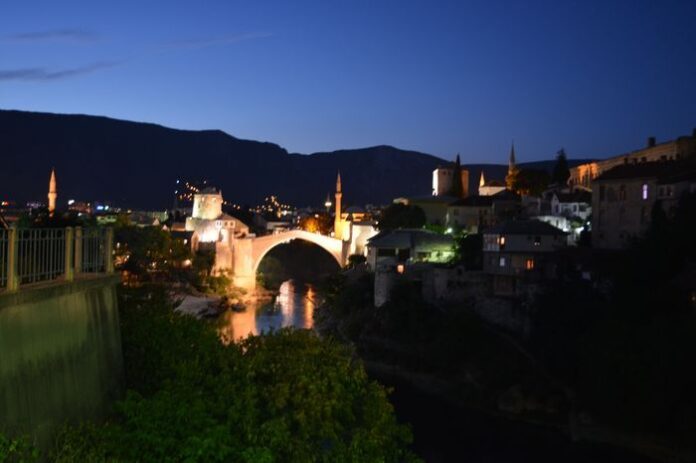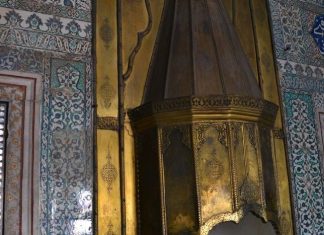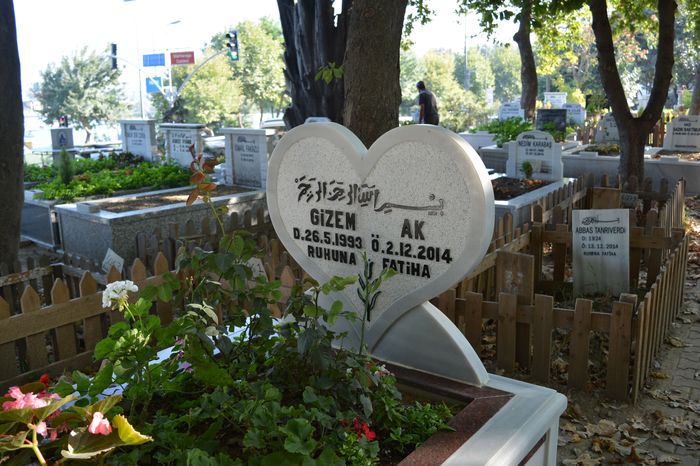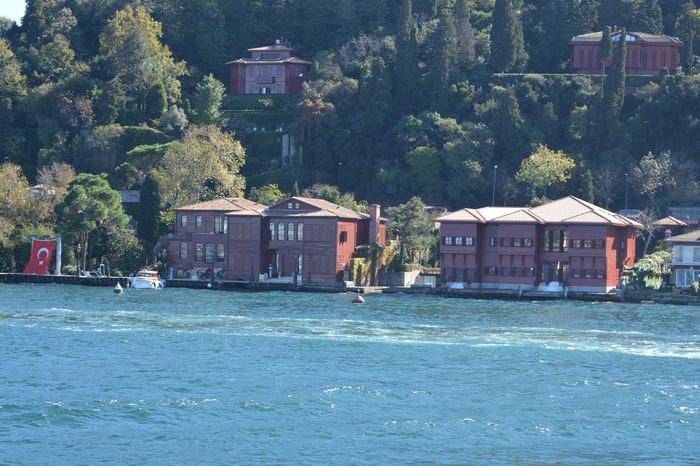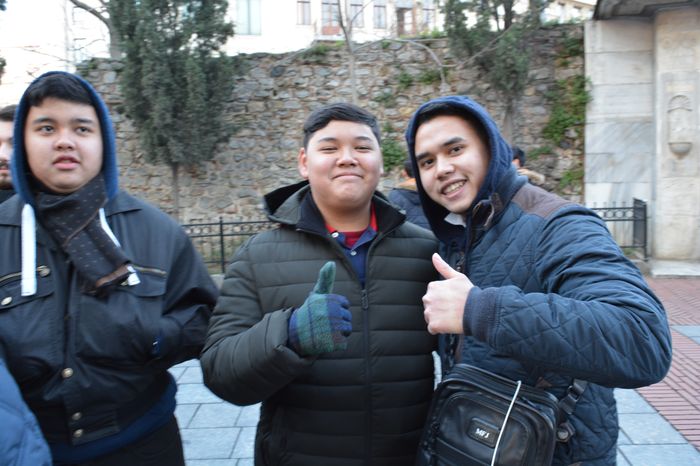On the opposite side of the Bosphorus from Stamboul lies Scutari, which stands in relation to it much like Jersey City does to New York. Scutari is a peaceful city with about 50,000 people. It is home to many residences, schools, hospitals, and military barracks. It also has carpet factories and other small industries.
The city is surrounded by fertile hills, which become especially beautiful in spring and summer. The trees and plants cover the hills with bright green and colorful foliage, giving Scutari a fresh and calm appearance The Bosphorus and Its Strategic Role.
Galata and Pera – The Cities Across the Golden Horn
On the other side of the Golden Horn is a steep hill rising straight from the water. This hill is the base of the city of Galata, which is somewhat like Brooklyn compared to New York. The houses and buildings of Galata are built on terraced levels up the slope, reaching about 500 feet high.
Beyond the top of the hill lies another city called Pera, which means “beyond.” It was named for its location—beyond the hill. Both Galata and Pera were historically centers of trade, diplomacy, and Western influence during the Ottoman Empire Daily Ephesus Tour.
Four Cities Become One – Constantinople
Together, Stamboul, Scutari, Galata, and Pera make up the historic city of Constantinople (modern-day Istanbul). From the bridge that connects Stamboul and Galata, or from any high viewpoint, you can see the entire city spread out like an amphitheater.
The cities rise in terraces, showing a mix of whitewashed stone walls, unpainted wooden buildings, shingled roofs, and tiled rooftops. Among them, you will see domes, towers, and slender minarets, which give Constantinople its famous skyline.
The Unique Charm of Mosques and Minarets
The domes you see mark the locations of mosques. Though they are often heavy and plain, their simple forms make the minarets next to them appear even more elegant and graceful.
Minarets serve as the Islamic equivalent of church steeples or bell towers. They are tall, narrow towers—sometimes as high as 300 feet. These structures start about 20 feet wide at the base and taper to a fine point, often topped with a golden crescent.
Around the middle of each minaret are one or more balconies, protected by beautiful railings and supported by stone brackets. From these balconies, the muezzin (the call-to-prayer announcer) calls Muslims to prayer five times a day.
Pride in Their Places of Worship
In Constantinople, most minarets are made from marble or stone, built by rich sultans as personal monuments. In other regions, they are often made from brick covered in white stucco, but they are always kept clean and in good condition.
Whatever people may say about Muslims, their mosques are usually well cared for. It is rare to see a mosque that is dirty or in poor repair. In this way, they set a good example for other religious groups in how to respect and maintain their places of worship.
